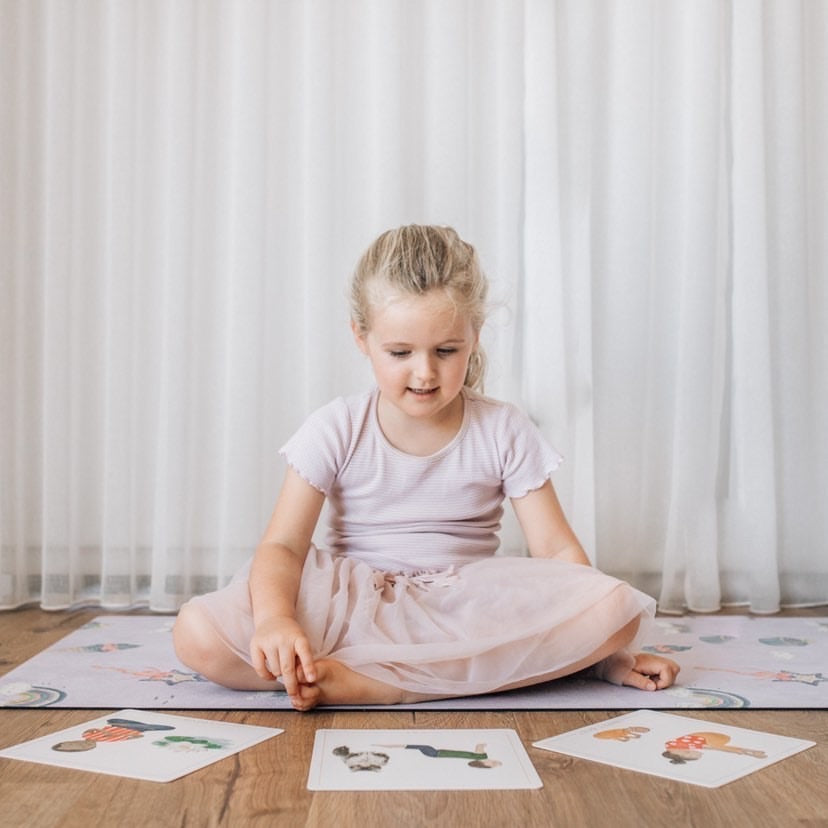In today’s dynamic world of development for children, understanding neurodiversity is vital. Children with conditions like ADHD or autism need the right environment to support their unique abilities, and allows them to flourish. This is where the synergy of ADHD support, autism sensory play, sensory integration toys, and mindful toys for kids comes into play. Education and caretakers can enhance their children’s lives by incorporating these components into daily activities.

ADHD Assistance for Children: Facilitating Focus and Confidence
Children with ADHD are unable to focus and regulating their impulses. In order to offer an effective treatment, you need to utilize strategies to stimulate the child’s brain while taking care to respect their uniqueness. Toys that encourage the development of mindfulness and calmness in children can be an excellent aid. They provide a tactile experience to soothe tension and help children learn to focus their focus. Mindfulness exercises can be incorporated into playtime to alleviate ADHD symptoms, but can also impart valuable life lessons such as stress reduction and emotional regulation.
Autism Sensory Play – Nurturing Expression and Exploration
Children on the spectrum can discover sensory experiences that are stimulating and challenging. Autism sensory play creates an enjoyable environment for the senses, which aids in the development of vital abilities. Sensory integration tools play an essential part in this process. These toys are designed to use multiple senses simultaneously, promoting sensory exploration coordination, as well as cognitive growth. Through auditory, tactile, and visual interaction, children can better understand their surroundings and share their experiences. By embracing autism sensory play, caregivers empower children to express themselves, build self-confidence, and connect with the world in their own way.
Sensory Integration Toys : Building Bridges to Child Development
Sensory integration toys serve as bridges that allow children to interact with the world. They are available in various sizes, textures and shapes that focus on different motor skills and senses. They offer children the chance to explore and adapt to sensory inputs, ultimately helping in the growth of sensory processing. Three key benefits of sensory integration toys are:
1. Sensory integration toys allow children to experience a variety of sound, tactile, and visual cues. This helps their brains to process sensory information better and enhances their ability to cope with every day situations.
2. Improved Motor Skills – Many of the sensory toys are difficult to operate without fine motor skills and coordination between eye and hand. These toys help children improve their motor and dexterity and improve their physical control and confidence.
3. Multisensory toys are able to stimulate various brain regions at the same time. This stimulation aids in mental development, through stimulating connections between various neuronal pathways. Additionally, it improves problem-solving capability and creativity.
Mindful Toys for Kids: Creating the ability to calm and focus.
Mindfulness is gaining popularity due to its positive effect on mental health. Children’s mindful toys include mindfulness components into their game to help them remain focused and attentive. These toys typically come with activities that demand attention to details, like coloring pages, puzzles or exercises for relaxation that are guided. Through engaging in these activities children are able to direct their energies and thoughts to the work at hand, and develop the skills of concentration that will benefit them academically as well as socially.
As we delve into the realm of ADHD support, autism-related sensory play and sensory integration toys and mindfulness toys for children it’s crucial to recognize the holistic approach that comes from their intersection. They don’t work in isolation; rather, they work together to create a coherent strategy to meet the varied demands of children with neurological disorders. By infusing sensory play and mindful activities within routines of daily life, caregivers provide a setting that addresses emotional, cognitive, as well as sensory needs in one go.
In conclusion, the journey of supporting children with ADHD and autism requires embracing their individual strengths and challenges. Through incorporating sensory play, the use of sensory-integration equipment, as well mindfulness practices, teachers and parents can make a positive environment for improvement on multiple levels. It doesn’t matter if it’s helping concentration, encouraging self-expression, enhancing the processing of sensory information, or encouraging mindfulness, each element can contribute to a complete approach to the development of children. We can harness the potential of these strategies for a more positive, inclusive future for children from all neurodiversities.
